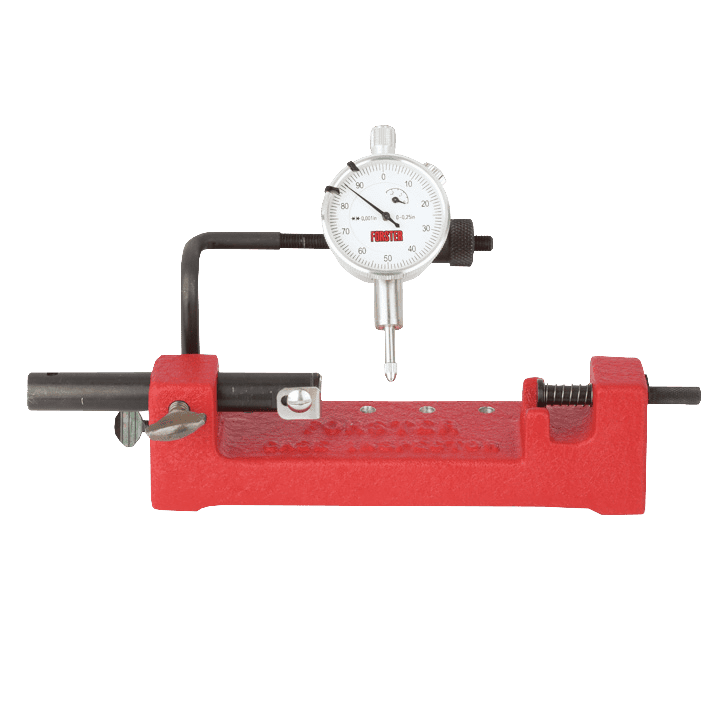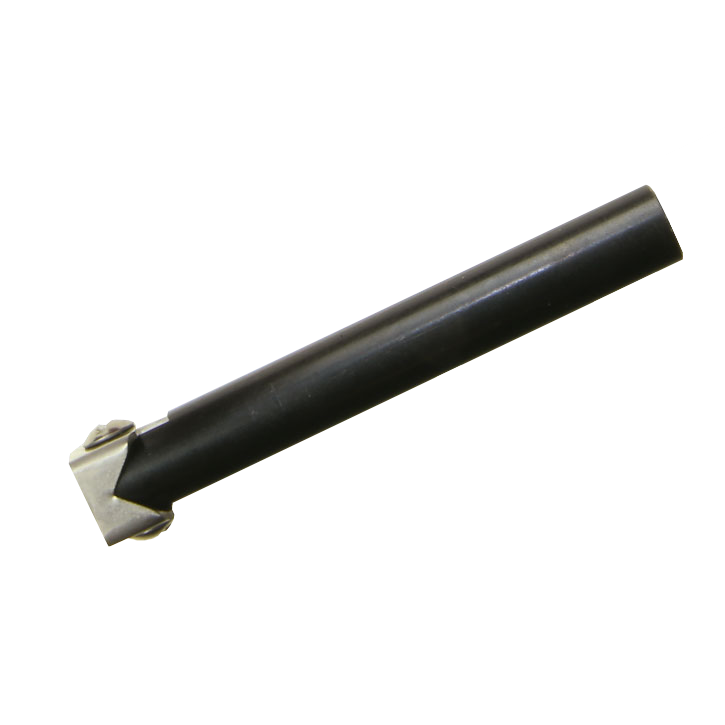Case Inspector
Price Filter
$15.00 — $128.00
Search By Caliber
Co-Ax® Case and Cartridge Inspector
Original price was: $170.00.$127.50Current price is: $127.50.
Stop Bar Assembly for the Co-Ax® Case & Cartridge Inspector
Original price was: $21.00.$15.75Current price is: $15.75.



